May is such a beautiful time of year. We’re all in the full swing for spring, which means lots of time to explore the world around us.
We look around and find our Earth is full of so many amazing and fun things. So we find interesting ways to incorporate Mother Nature into our curriculum.
We love showing off our math skills with our Insect Counting Mats and are so proud when we master telling time with our Spring Time Clock Puzzles.
Students enjoy word building with this Flowers CVC Word Building activity and these Spring CVC Puzzles.
We get creative, making this Mother’s Day Flower Gift and decorating our rooms with the creations we make from our Spring Flower Potato Painting.
When incorporating the wonders of the Earth into our curriculum, students are learning without realizing they’re learning!
And I’m always looking for ways to create science experiments with a seasonal or holiday theme.
To connect this budding time of year with science, we’ve created these four May Science Experiments so your students can conduct science experiments and make hypotheses while asking and answering scientific questions.
Want science experiments for every month of the year? Be sure to take a look at all of our Monthly Science Experiments Bundle.
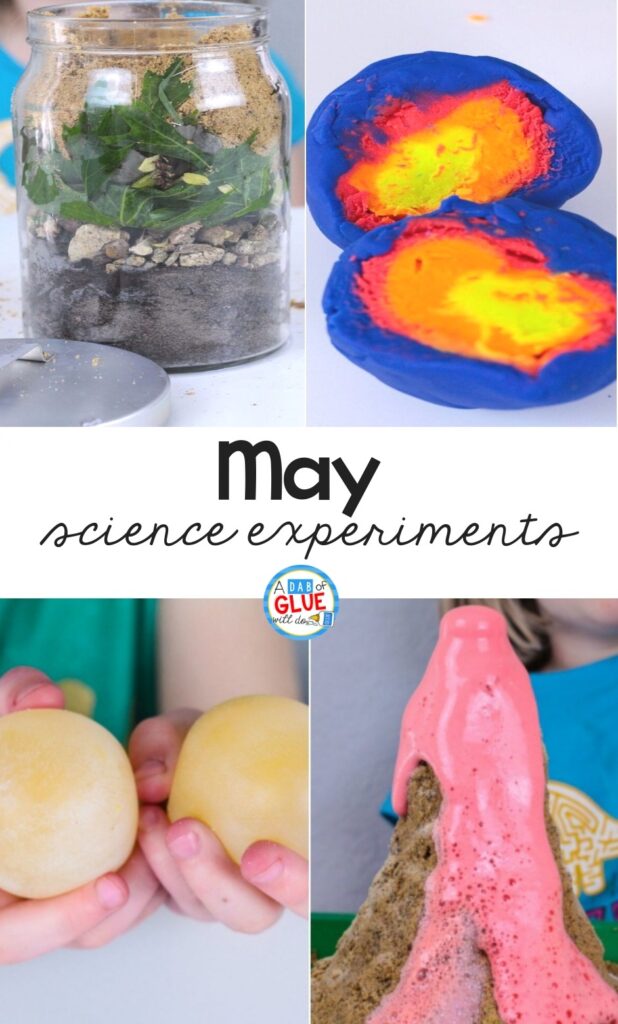
May Science Experiments
To engage our little learners with science, we use Science Experiments to spark their thirst for knowledge.
Your class will be captivated by these exciting hands-on science experiments! This resource is perfect for helping your students realize how much fun science can be and is ideal for Pre-K, Kindergarten, and first grade.
Inside You’ll Find:
- Four different science experiments – some are seasonal and some can be used at any time of the year.
- Each experiment comes with step-by-step instructions, pictures showing how to complete the experiment, and an explanation behind the science so you can explain it to your students.
- 2 recording sheets for each experiment so you can differentiate for your students.
Sediment Jar
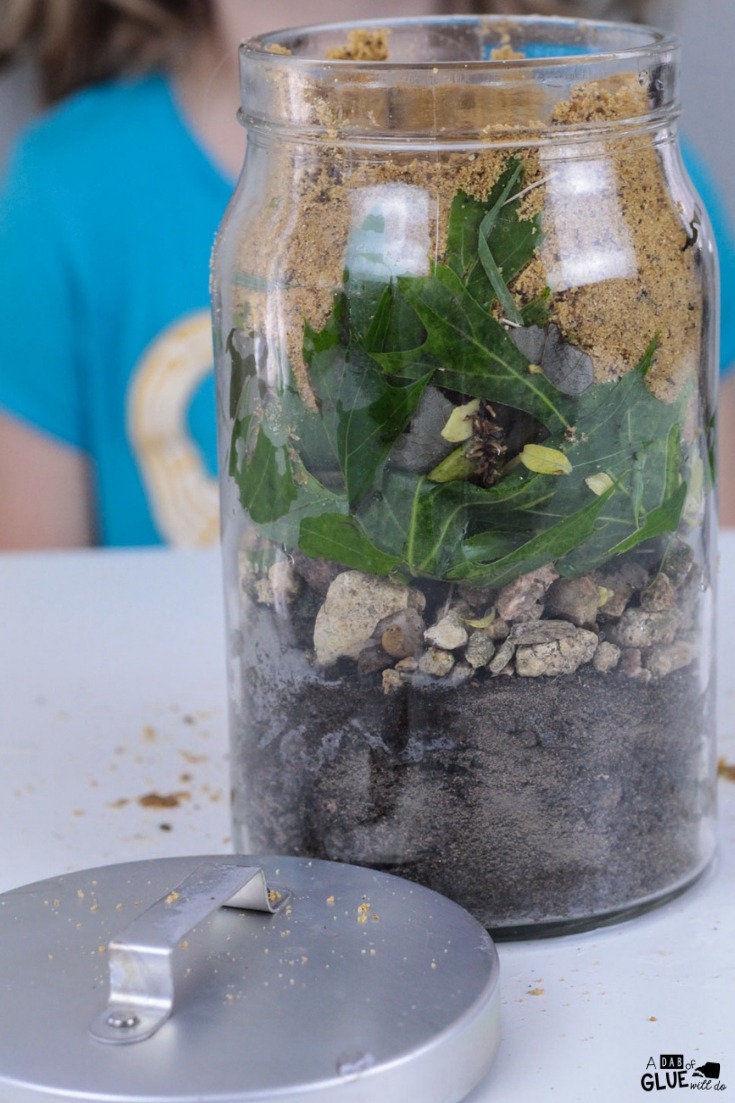
Playing with dirt has never been so much fun. Making a sediment jar is a great way to introduce our curious learners to geology.
Students are amazed as they see how the materials in the jar settle. They will make hypotheses, then they’ll observe the changes as they examine the layers within the jar as the materiels land.
While we explore Earth, we like to read the Magic School Bus: Planet Earth by Tom Jackson because our kiddos always have tons of giggles and don’t even realize how much they are learning about science. Another great book while working on this experiment is How Mountains Are Made by Kathleen Weidner Zoehfeld.
Layers of the Earth
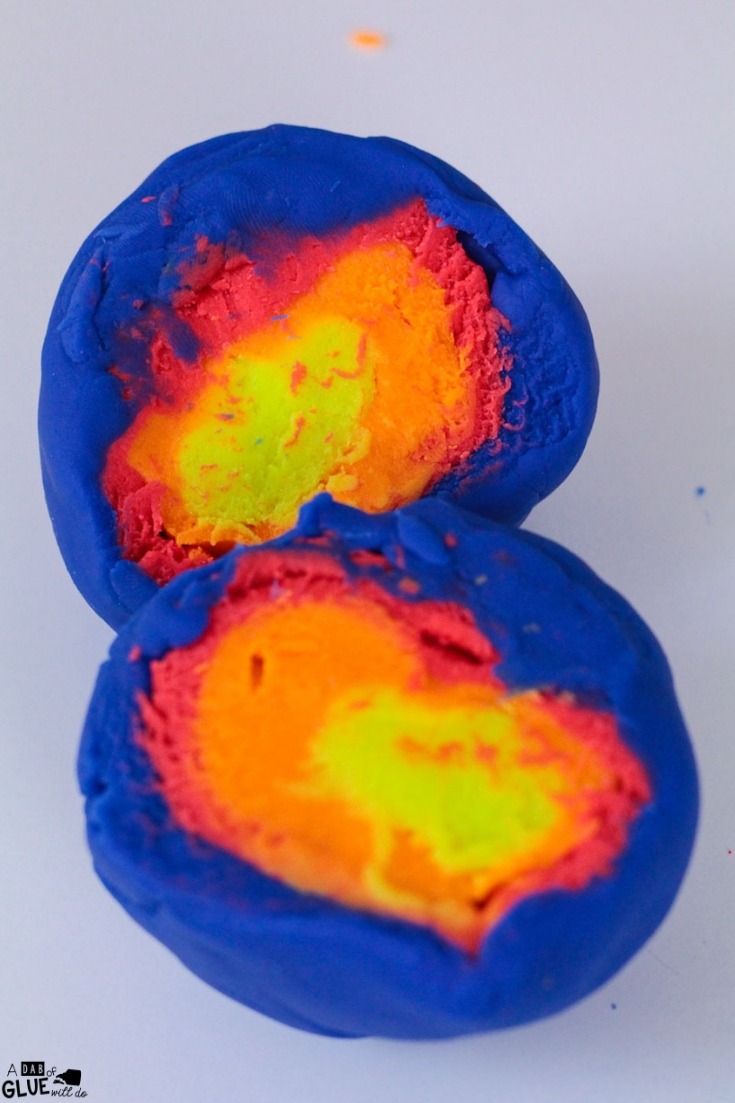
Kids enjoy working with their hands and being able to create things. With this super fun activity, students will be able to make the layers of our Earth and show their distinct makeup. They’ll be able to point out the names of each layer and describe what they are made of.
Your little learners will be able to make hypotheses and observations about the Earth, as they cut through to the center. This is a wonderful way to build our kids’ love for our planet.
As we discover the different layers of the Earth, we dig in deeper by reading Planet Earth Inside/Out by Gail Gibbons.
Sand Volcano
This exciting volcano experiment is a fascinating way to introduce our students to chemistry.
It’s a great way to discuss how an acid and a base react and how they create a reaction that gives off carbon dioxide gas. They’ll be so proud to share their newfound knowledge with their family as they describe the “eruption” from their science experiment.
As we keep discovering the many different aspects of our Earth, we continue learning more about the changes of landforms by reading The Street Beneath My Feet by Charlotte Guillain.
Naked Egg
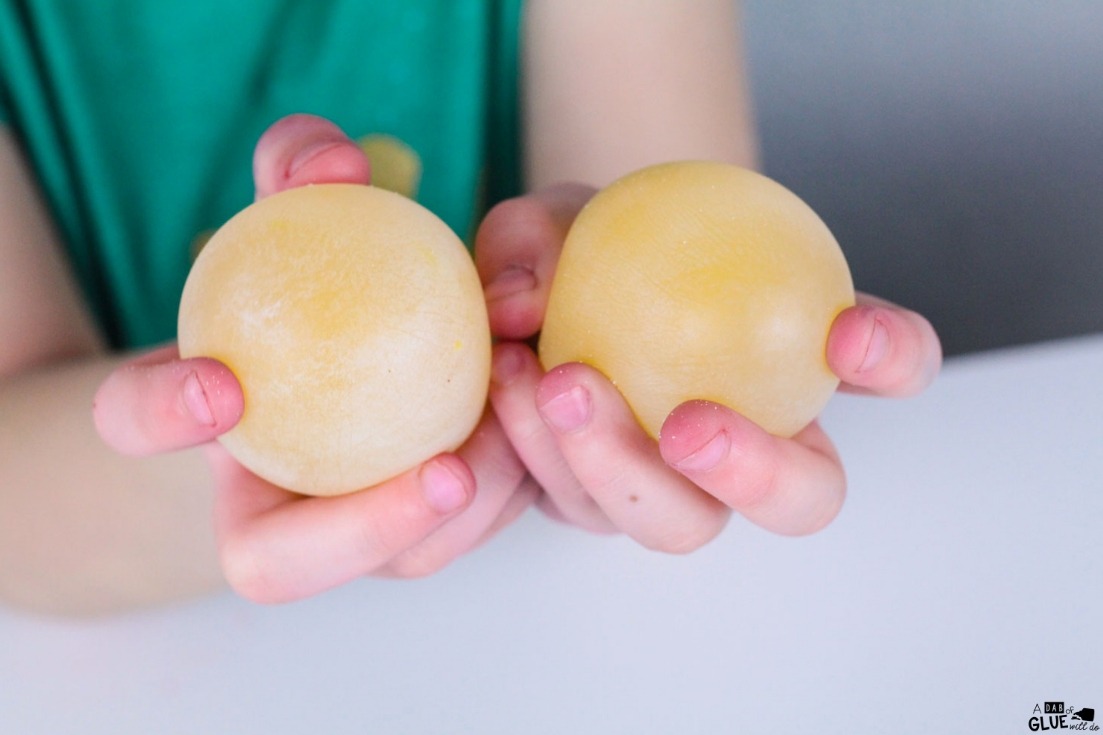
This one is always a student favorite and another way to introduce them to chemistry.
You’ll be able to discuss with your kids the chemical reaction of acid, calcium acetate, water, and carbon dioxide.
Your little scientists will be able to observe and record the results as they watch these chemical reactions. They’ll also be able to compare and contrast how the egg changes over a period of time.
While we are discovering what eggshells are made out of we will read From Egg To Chick by Gerald Scrace Legg.
Download these May Science Experiments Now!
Are you ready to implement these in your classroom or home?
Get it in our A Dab of Glue Will Do Store
Get it here in our Teachers Pay Teachers Store
As you are wrapping up the end of the year have a spectacular time with your students in the classroom and at home with these May Science Experiments.
Want More Science Products and Ideas?
Don’t forget to check out our Kindergarten Endless Science Mega Bundle. This is a TOTAL OF 71 SCIENCE TOPICS covered in one mega bundle. Plus, when you purchase them together, you’ll save yourself some money!

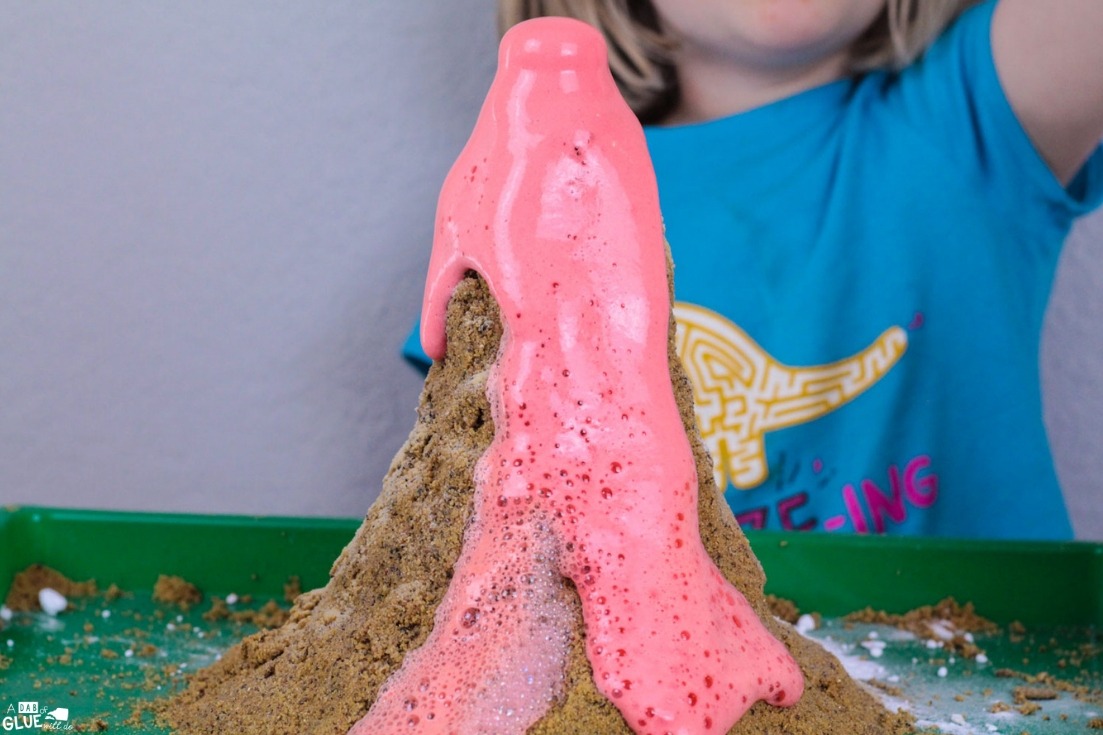
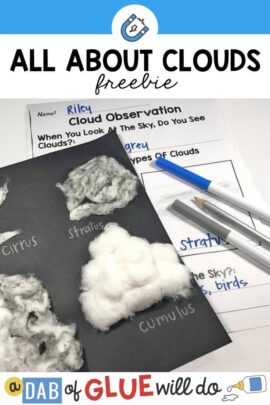
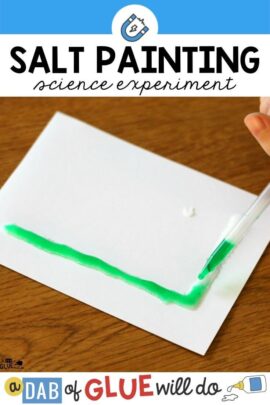
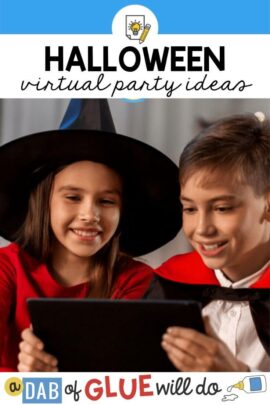
Leave a Comment